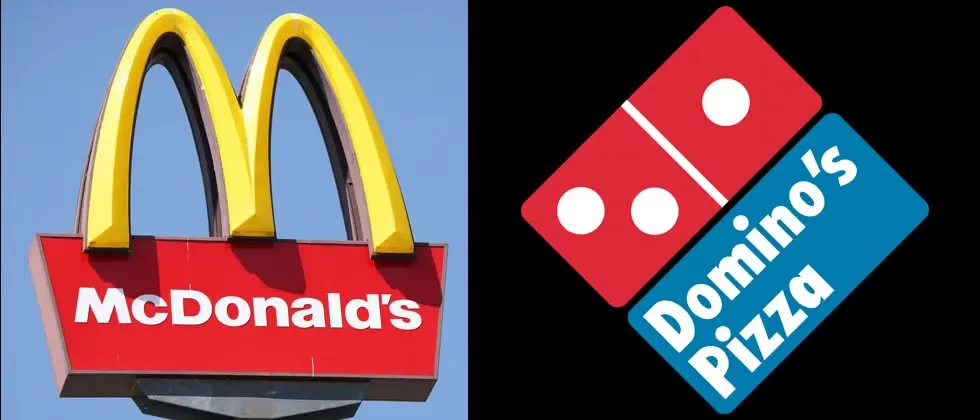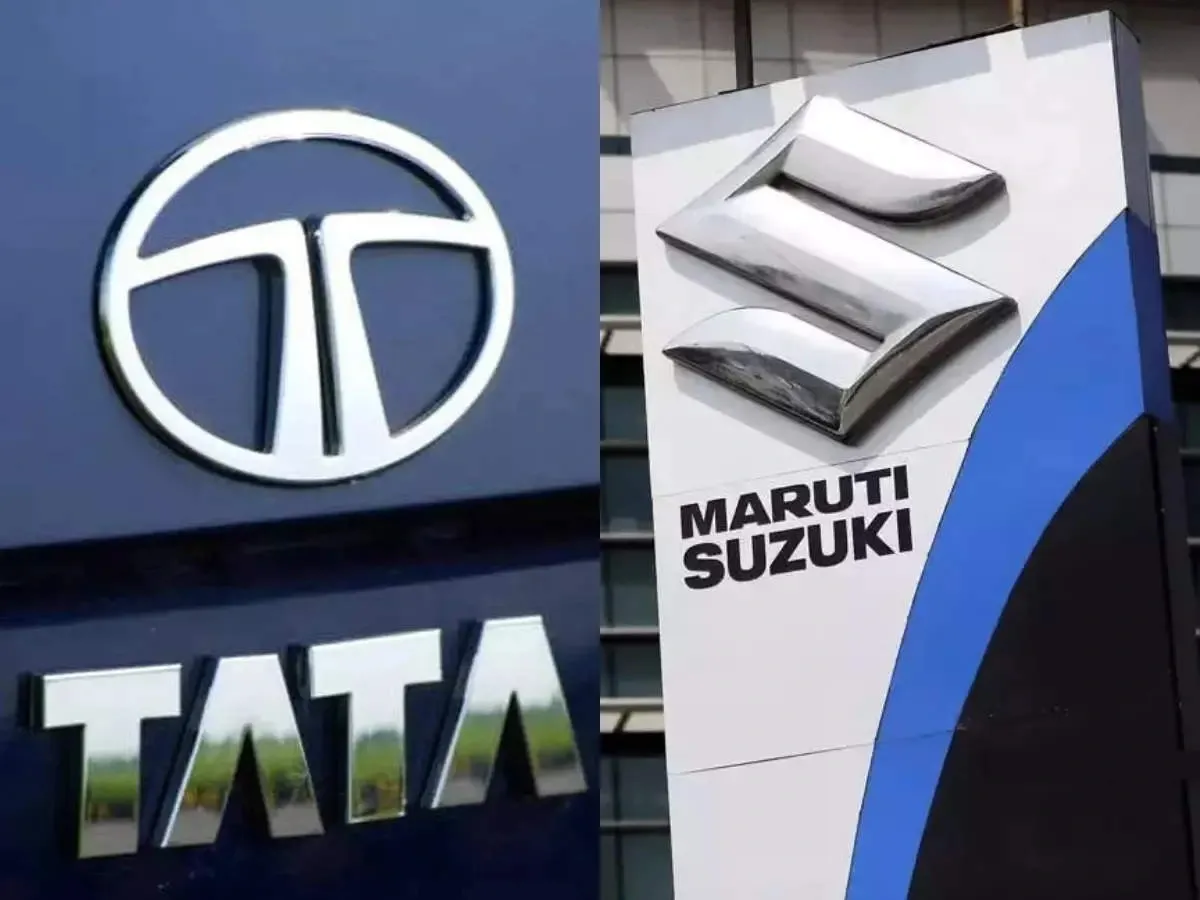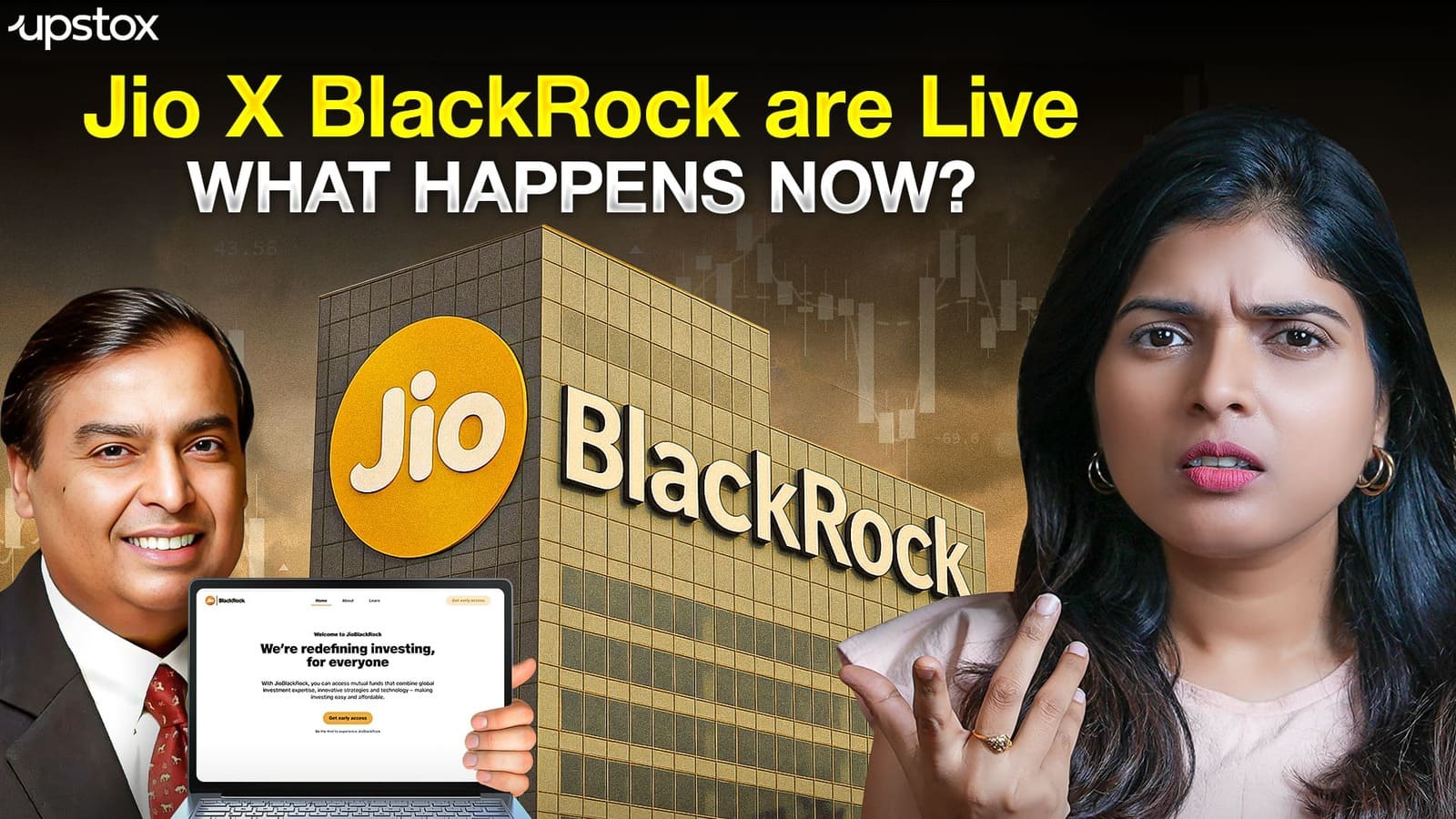Market News
Domino's vs McDonald's: A QSR Faceoff
.png)
5 min read | Updated on December 08, 2024, 00:49 IST
SUMMARY
Jubilant FoodWorks dominates in scale, digital presence, and profitability, while Westlife Foodworld focuses on addressing dine-in challenges and aggressive expansion. Both aim to leverage delivery, technology, and innovation.
Stock list

Jubilant FoodWorks vs Westlife Foodworld - A QSR Faceoff
System sales: who leads the revenue race?
System sales represent the total revenue generated from all stores, including corporate and franchise outlets. JFL significantly outpaces Westlife, with system sales of ₹4,508.4 crore in the first half of FY25 compared to ₹1,234.85 crore by Westlife Foodworld. This considerable difference highlights JFL’s dominance in scale and its ability to attract a broader customer base across India and other regions.
Same-store sales growth (SSSG)
SSSG, which measures organic growth in stores operational for over a year, presented contrasting results. In Q2FY25, JFL’s Domino’s India posted a modest 2.8% growth, driven by delivery sales. Conversely, Westlife faced a decline of 6.5% due to subdued dine-in traffic, though it expects a rebound in the second half of FY25 as dine-in demand stabilizes.
Average daily sales (ADS)
JFL achieved its highest mature-store ADS for Domino’s India in six quarters, reaching ₹8.02 lakh per day. Although Westlife does not disclose ADS, its trailing 12-month average sales per store stood at ₹6 crore.
Delivery sales
Delivery channels are gaining prominence in the QSR space. JFL reported a robust 15.9% growth in Domino’s India's delivery revenue in Q2FY25, while Westlife experienced a 5% year-on-year growth in off-premise sales, including delivery and drive-thrus. Both companies are capitalising on shifting consumer preferences toward convenience and home dining.
Digital sales
Digital platforms are becoming crucial for QSR's success. JFL’s Domino’s India app reached a record 1.28 crore monthly active users, reinforcing its strong digital presence. Similarly, Westlife reported that there are over 3 million active users and 72% of its sales come from digital channels, leveraging loyalty programs and self-ordering kiosks to engage customers effectively.
Profitability
Profitability remains a key focus amidst rising costs. JFL posted a consolidated EBITDA margin of 20.4% in Q2FY25, showcasing strong cost management. Westlife Foodworld recorded a lower operating EBITDA margin of 12.8% but aims to improve it to 18-20% by FY27 through efficiency improvements and store-level optimisation. Both companies’ margins were impacted by inflationary pressure on input costs, particularly vegetables.
Financial metrics
Let’s examine the yearly trends for these two companies. Revenue growth has been on a downward trend for both. Westlife's PAT is more volatile compared to JFL, which demonstrates greater stability in relative terms.
| Revenue (₹ crore) | 2021 | 2022 | 2023 | 2024 |
|---|---|---|---|---|
| JFL | 3,312 | 4,396 | 5,158 | 5,654 |
| YoY Growth (%) | - | 32.73% | 17.33% | 9.62% |
| Westlife Foodworld | 986 | 1,576 | 2,278 | 2,392 |
| YoY Growth (%) | - | 59.84% | 44.54% | 5.00% |
| PAT (₹ crore) | 2021 | 2022 | 2023 | 2024 |
|---|---|---|---|---|
| JFL | 231 | 418 | 353 | 400 |
| YoY Growth (%) | - | 80.95% | -15.55% | 13.31% |
| Westlife Foodworld | -99 | -2 | 112 | 69 |
| YoY Growth (%) | - | -97.98% | - | -38.39% |
New store openings
Store expansion is critical for capturing market share. JFL added 73 net stores in Q2FY25, bringing its total store count to 3,130, with plans for 45-50 new outlets in FY25. Westlife, with a smaller network, opened eight new restaurants in the quarter, bringing its total to 408, and aims to expand aggressively to 580-630 outlets by 2027.
Brand portfolios
JFL’s portfolio is led by Domino’s, dominating the Indian pizza market, alongside brands like Popeyes, Dunkin’ Donuts, and the Indo-Chinese QSR, Hong’s Kitchen. These provide diversification and growth opportunities, though the current focus is on improving profitability before scaling. Westlife heavily relies on McDonald’s as its flagship brand. Its McCafé initiative, integrated into 94% of its restaurants, significantly contributes by offering premium beverages to a broader customer base.
Challenges in the QSR space
Both companies face challenges, including muted consumer sentiment impacting dine-in traffic and inflationary pressures on key inputs. Additionally, fierce competition and aggressive promotional campaigns from competitors add complexity.
Strategic focus areas: Adapting to the market
Despite these challenges, JFL and Westlife are implementing strategies to maintain growth:
- Technology Investments: Enhancing digital platforms and data analytics for efficiency and improved customer experience.
- Delivery and Drive-Thru Formats: Expanding delivery capabilities and exploring innovative store formats.
- Value-Driven Offerings: Competitive pricing and promotional deals to attract price-sensitive customers.
- Menu Innovations: Regular product launches and upgrades to cater to evolving consumer tastes.
Conclusion
JFL leads in scale, digital penetration, and profitability, while Westlife focuses on addressing dine-in challenges and expanding aggressively. Both companies have significant growth opportunities driven by evolving consumer preferences and technological advancements.
Related News
About The Author
Next Story


